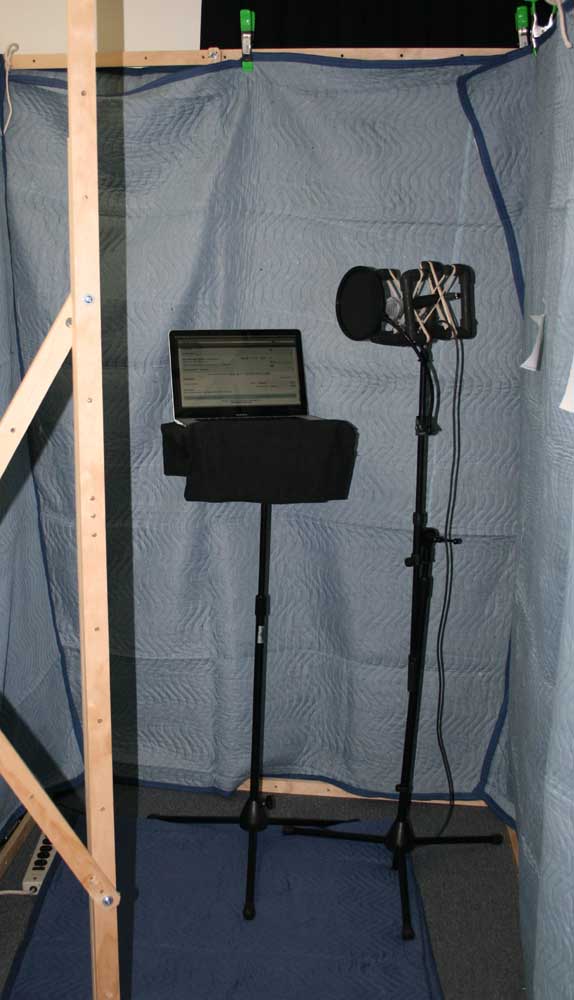Need a microphone best suited to record violin.
Budget 100- 200 $ .
Will use computer to record.
Another question . which should be better and why . Condensor vs dynamic mic for violin recording,
Need a microphone best suited to record violin.
Budget 100- 200 $ .
Will use computer to record.
Another question . which should be better and why . Condensor vs dynamic mic for violin recording,
I don’t know that there’s anything simple or fast about this. The second longest post in the forum history was Bruno who wanted to record his Flamenco Guitar. The longest was Ian who wanted to record his voice. Both went on for weeks.
The Rhode NT1-A is a terrific microphone, but it takes a sound mixer and digitizer. Stand-alone USB microphones can be noisy and low volume, both problems which came up recently. You, like so many others are in the hole between top quality pro/broadcasting and Skype. Either of those jobs is a snap.
What do your friends use? I don’t know any violinist who doesn’t know other violinists.
This is Josh Turner. He can play anything with a string on it. That’s a stand-alone Zoom H2 in the shot.
https://www.youtube.com/watch?v=pcFgz_lNDQI&list=PL828753CA948A1A5B
Koz
Classical violin?
What sort of sound card do you have?
My "friend >"does nt use any mic.
I was thinking about buying mic from one of these companies - Shure rodes or harman.
On board sound card
The sound card is at least as important as the mic. A really good microphone into a rubbish sound card will sound rubbish (probably worse than a cheap mic into a good sound card). The microphone input in most standard PC sound cards are in the range of poor to appalling.
USB mics bypass the sound card so they are not adversely affected, but have the disadvantage that the USB lead is necessarily quite short so it will invariably pick up the sound of the computer fan. They may also be subject to “noise” from the USB power supply (which may sound like a mad mosquito). Cheaper USB mics often have “fixed gain”, which means that the recording level is very low (an important drawback for recording classical violin), though some have a “gain control” on the mic (required for recording relatively quiet sounds).
USB microphone pre-amps are often a good and fairly economic choice, though usually more expensive (taking into account the cost of the mic and the pre-amp) than a USB mic.
Good microphones have XLR connectors:

XLR connectors should be plugged into a proper XLR socket rather than using an adaptor to connect to a mini-jack socket. The three pins of the XLR connector are used to provide a “balanced” output, which reduces picking up hum and other electrical interference. Mini-jack sockets on sound cards do not support balanced input.
See? This is the Sour Spot in recording. No clear winners. Are you sure you don’t want to try one of the stand-alone recorders? They take a lot of the fuss out of this process.
https://www.youtube.com/watch?v=QcVec_RPwuc&list=UU3Wj9aO8VS5ZuXrtWfJf81w
The worst part of this cave recording session is going to be horsing his guitar out. His “studio” fits in his pocket.
Koz
Here’s another one. The lighting effects are fake.
https://www.youtube.com/watch?v=g1D17lLyn_I&list=UU3Wj9aO8VS5ZuXrtWfJf81w&index=8
Koz
Are you sure…
We covered that already.
People do make microphones that fit into your soundcard, but they tend to be $12 usd and aren’t very good. One of the other posters had one that worked OK, as long as you didn’t need to push it very far. He was having other troubles with his soundcard and it wouldn’t record right.
http://www.trust.com/en/all-products/16973-starzz-microphone
That one’s $22.
If you get into better quality microphones you shift right away to a small mixer and digitizer. This is the system I use.

Sound mixer on the right. Many people make mixers that plug into USB on the computer instead of sound cables. Then you don’t need that silvery square thing in the middle.
Once you have a good but small mixer, you can plug any kind of XLR microphone into it.

This may look odd, but that’s just a Shure SM58 rock band microphone on rubber bands so it doesn’t make floor noise and a pop filter in front so voices don’t make funny noises during announcing. It plugs right into that mixer.

Those are US postal service rubber bands.
What do you plan to do with these music tracks?
Koz
Before I describe 48 volt Phantom Power on condenser microphones, are you still sure you don’t want a simple, stand-alone recorder like the H2?
Koz